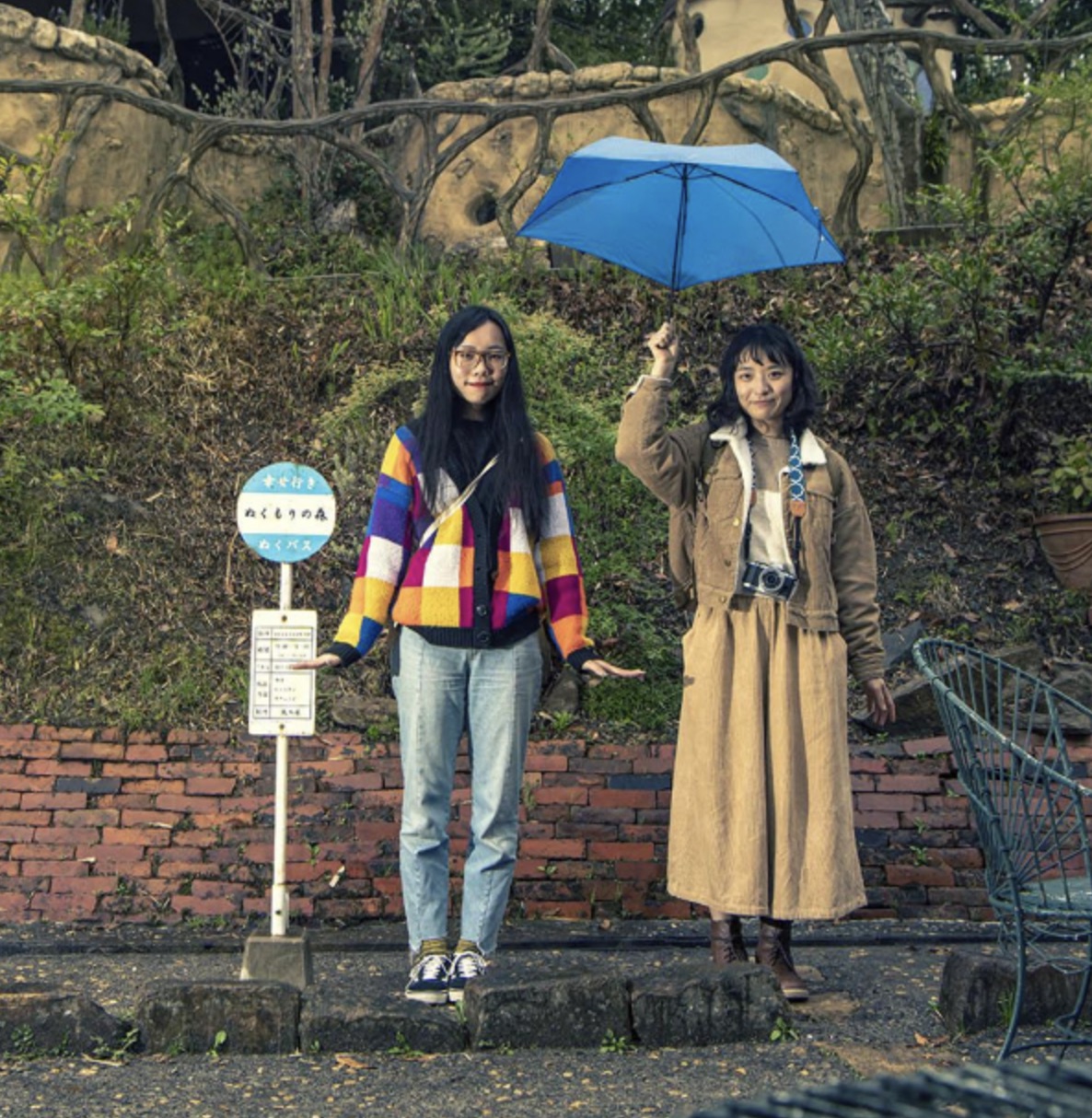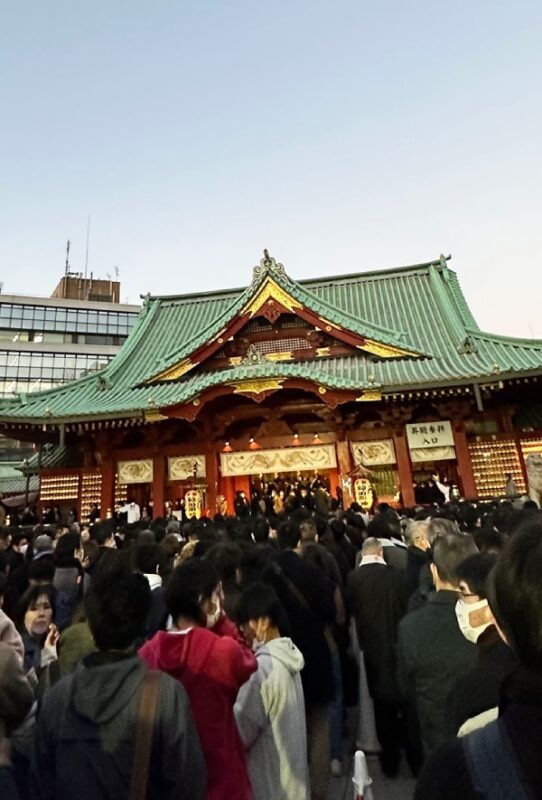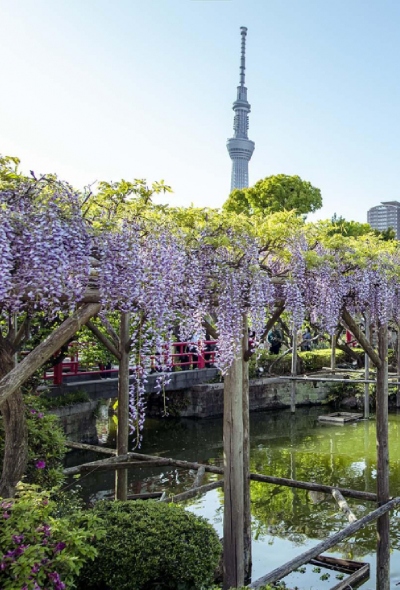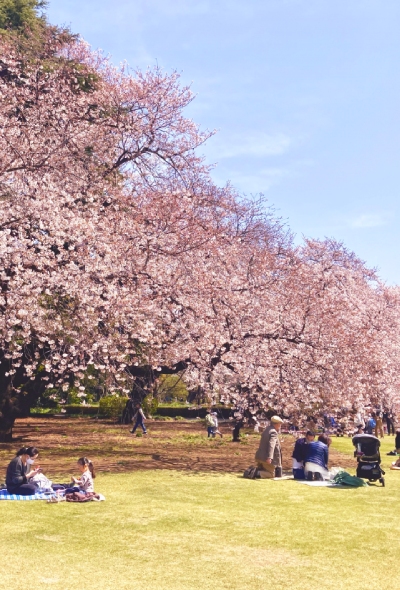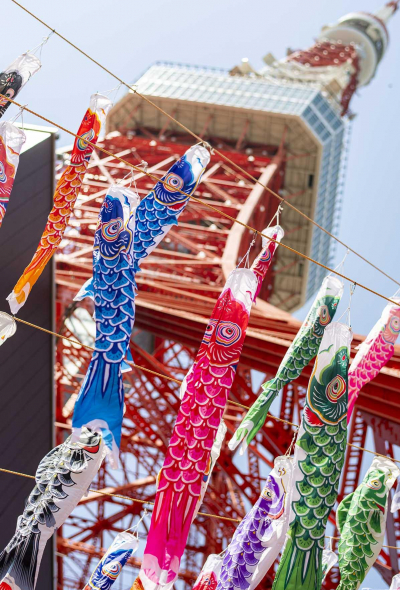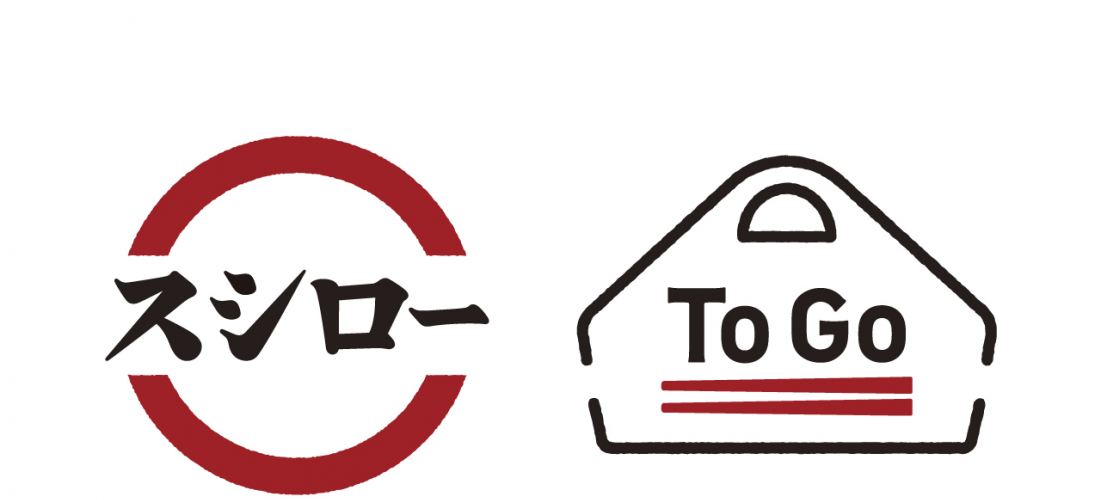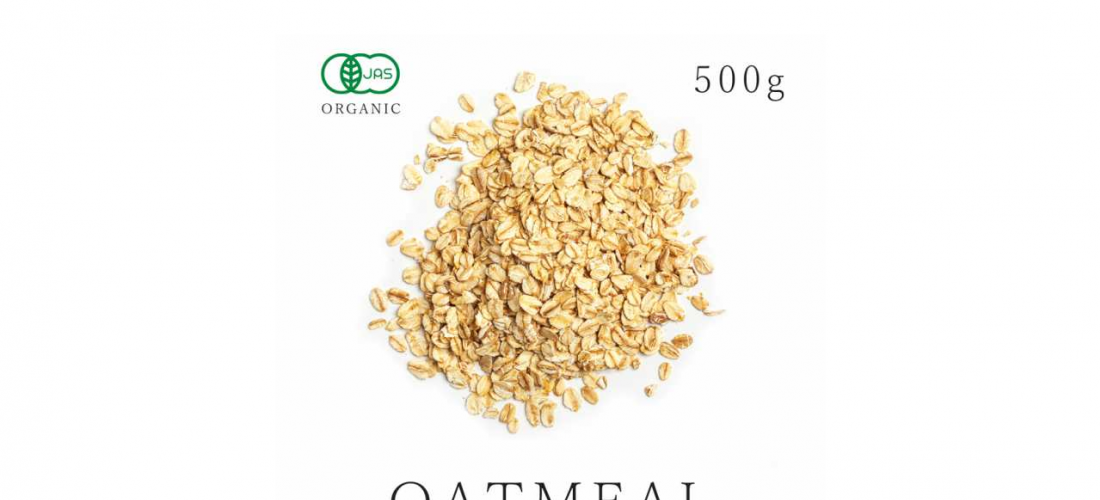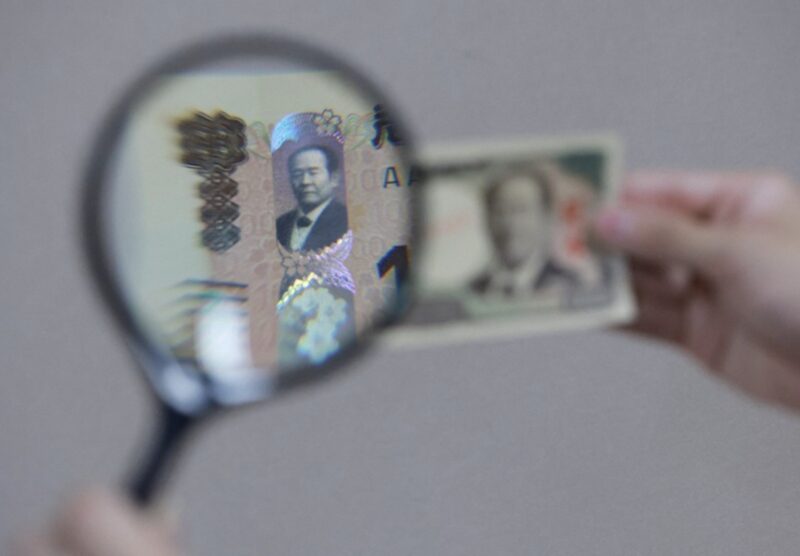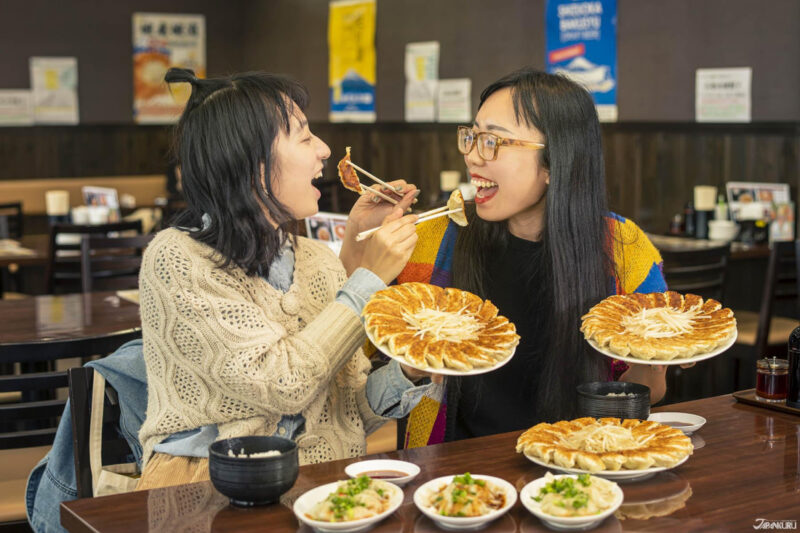
In Japan, restaurants often serve meals that are carefully portioned to leave diners full without leftovers. But even if you do order more than you can eat, and find yourself wishing you could just take the rest with you, getting what you might call a “doggy bag” to bring home your remaining food is still uncommon in Japan. Traditional Japanese cuisine often includes ingredients and techniques that don’t hold up well in a to-go bag, like raw fish and beautifully plated dishes of little bites, so it makes sense that it’s not a common part of Japanese restaurant culture, and locals tend to shy away from it. But even if you pluck up the courage to make this supposedly uncouth request at a restaurant, as often as not, you’ll actually be denied. Even at restaurants that standardly offer takeout food (and no doubt have the to-go containers ready), waiters will basically tell you that you can finish your food at the restaurant, or not at all.
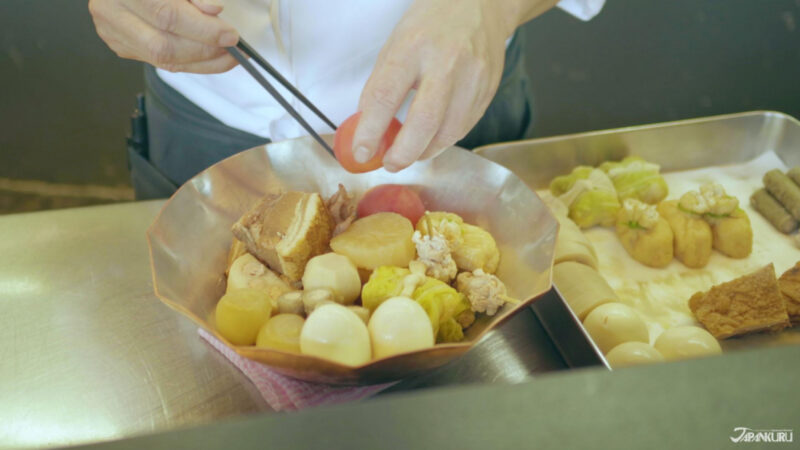
No matter how frustrating this response may be, it can be hard to pry a good reason for it out of the restaurant staff, but it seems like a common train of thought is that taking home leftovers is actually rather dangerous. When restaurants offer takeout, they hand over the food hot and fresh, and they expect you to eat it that way. If you don’t, that’s on you. However, if you take home a plate of food that has been sitting on the table while you chatter away for hours, many restaurant owners worry that they’re still on the hook, safety-wise. If you take home leftovers and proceed to get food poisoning, well, that’s such a worrisome event that restaurants don’t even want to risk it!

This is a common enough issue that just about anybody living in Japan for any length of time has probably had a to-go request denied at one point or another, and the unfortunate result is of course food waste. If you can’t take home half a plate of food, it’s probably going straight into the trash. So in order to mitigate this issue, Japan’s Ministry of Health, Labour and Welfare (MHLW) is looking to establish guidelines for both restaurants and customers regarding taking home leftovers – while of course staying extremely wary of food poisoning. The first MHLW study group meeting was held on July 26th, with a focus on methods to prevent food poisoning caused by bacterial growth. One outcome of this meeting? The participants agreed that diners should be taking home leftovers at their own risk, while the guidelines would help both restaurants and customers understand the necessary hygienic precautions.
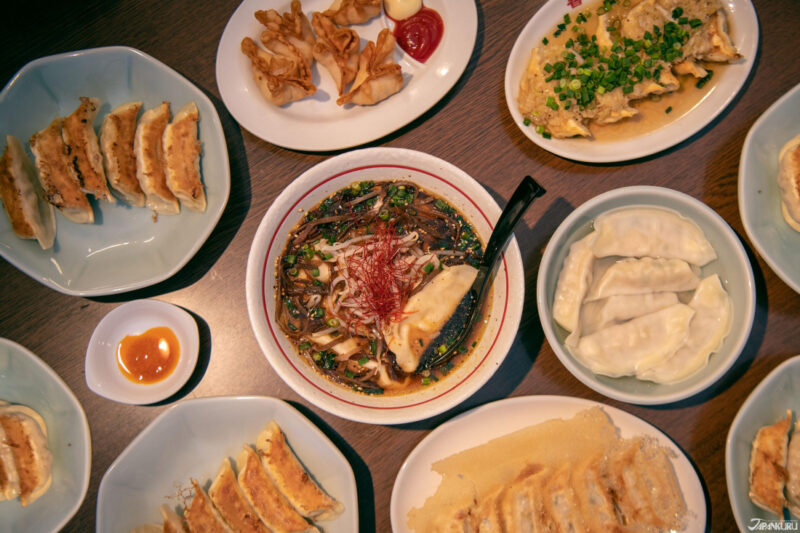
With the government making it abundantly clear that restaurants following their guidelines should feel confident in allowing customers to take their leftovers home (as long as they avoid sashimi and use clean utensils to transfer the food), there is hope yet for the many diners who don’t mind taking responsibility, and just want to take home their unfinished plate of omurice or gyoza to enjoy later. According to the Mainichi Shinbun, the MHLW’s current goal is to reduce food waste to half of what it was in the year 2000, aiming for 4.89 million metric tons per year or less. With a huge goal like that in mind, we can only hope that bringing home leftovers in Japan will only get easier in the future.
For more info and updates from Japan, check Japankuru for new articles, and don’t forget to follow us on X (Twitter), Instagram, and Facebook!
The latest news from Japan - learn what's new in the land of the rising sun, from an international group right on the scene.





 >> Find out more at Japankuru.com! (link in bio)
#
>> Find out more at Japankuru.com! (link in bio)
#





 The Robot Restaurant is gone, but the Samurai Restaurant is here to take its place. Check it out, and don't forget your coupon!
The Robot Restaurant is gone, but the Samurai Restaurant is here to take its place. Check it out, and don't forget your coupon!
 신주쿠의 명소 로봇 레스토랑이 사무라이 레스토랑으로 부활! 절찬 쿠폰 발급중
신주쿠의 명소 로봇 레스토랑이 사무라이 레스토랑으로 부활! 절찬 쿠폰 발급중
 18歲以上才能入場的歌舞秀,和你想的不一樣!拿好優惠券去看看~
#tokyo #shinjuku #samurairestaurant #robotrestaurant #tokyotrip #도쿄여행 #신주쿠 #사무라이레스토랑 #이색체험 #할인이벤트 #歌舞伎町 #東京景點 #武士餐廳 #日本表演 #日本文化體驗 #japankuru #japantrip #japantravel #japanlovers #japan_of_insta
18歲以上才能入場的歌舞秀,和你想的不一樣!拿好優惠券去看看~
#tokyo #shinjuku #samurairestaurant #robotrestaurant #tokyotrip #도쿄여행 #신주쿠 #사무라이레스토랑 #이색체험 #할인이벤트 #歌舞伎町 #東京景點 #武士餐廳 #日本表演 #日本文化體驗 #japankuru #japantrip #japantravel #japanlovers #japan_of_insta
 코지마 x 빅 카메라 쿠폰으로 일본 가전 제품 쇼핑하기
#pr #japankuru #japanshopping #kojima #biccamera #japaneseskincare #yaman #dji #osmopocket3 #skincaredevice #日本購物 #美容儀 #相機 #雅萌 #日本家電 #일본여행 #면세 #여행꿀팁 #일본쇼핑리스트 #쿠폰 #일본쇼핑 #일본브랜드 #할인 #코지마 #빅카메라 #japankurucoupon
코지마 x 빅 카메라 쿠폰으로 일본 가전 제품 쇼핑하기
#pr #japankuru #japanshopping #kojima #biccamera #japaneseskincare #yaman #dji #osmopocket3 #skincaredevice #日本購物 #美容儀 #相機 #雅萌 #日本家電 #일본여행 #면세 #여행꿀팁 #일본쇼핑리스트 #쿠폰 #일본쇼핑 #일본브랜드 #할인 #코지마 #빅카메라 #japankurucoupon



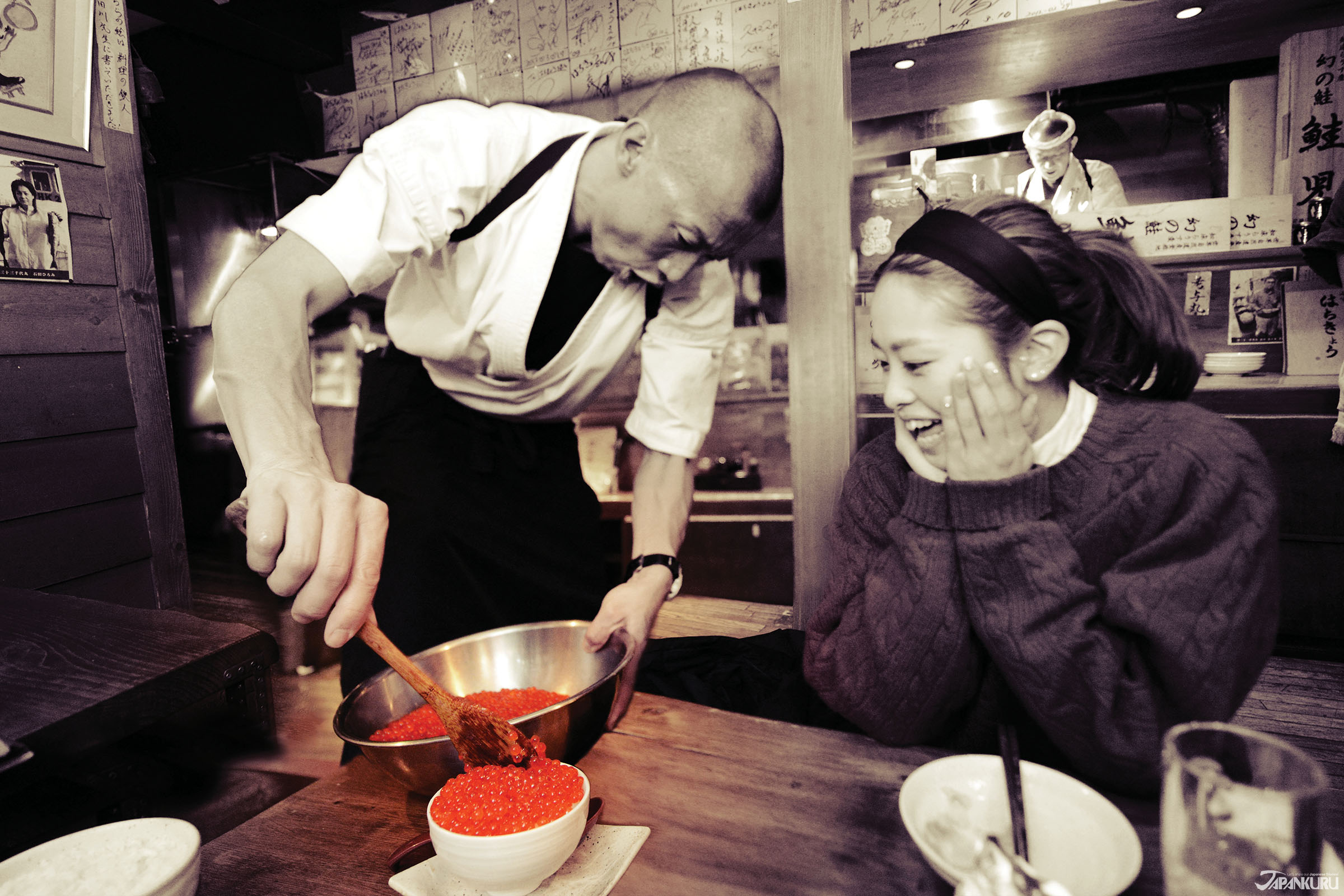




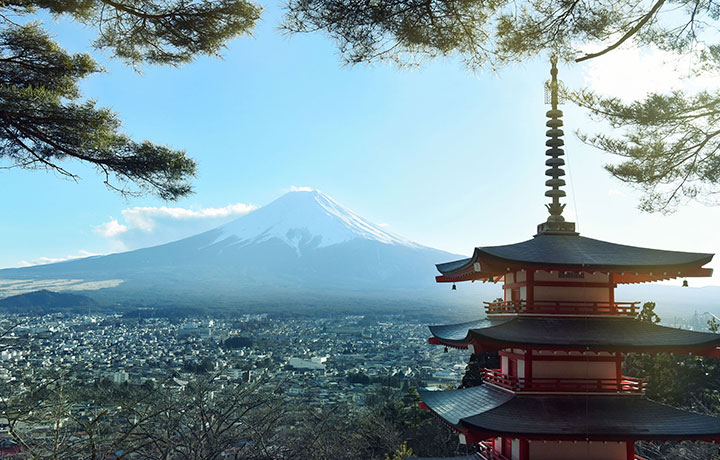


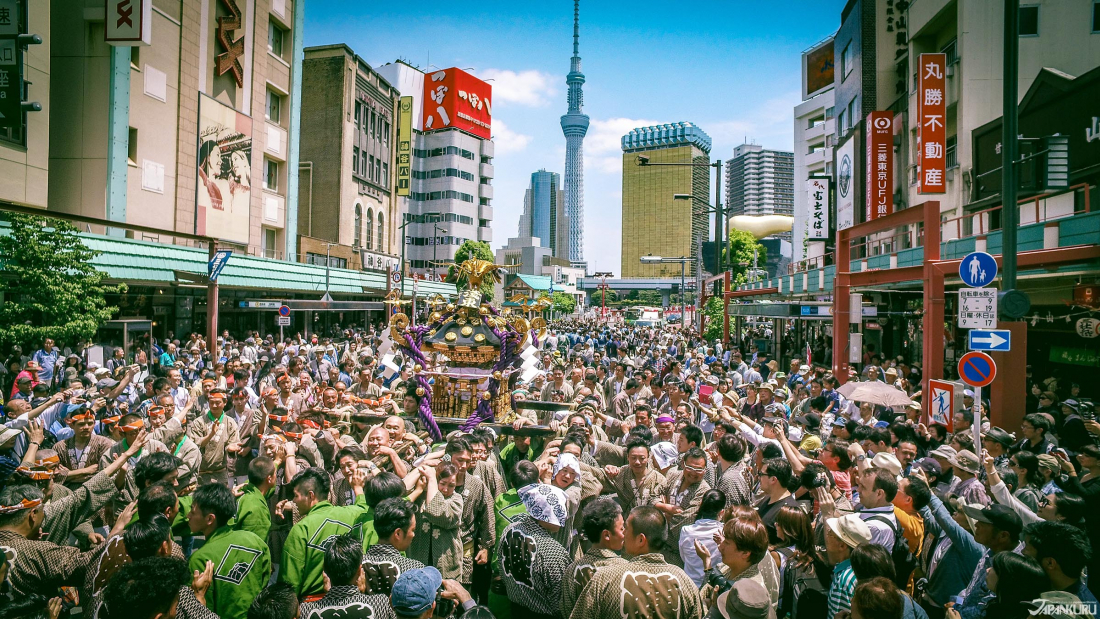




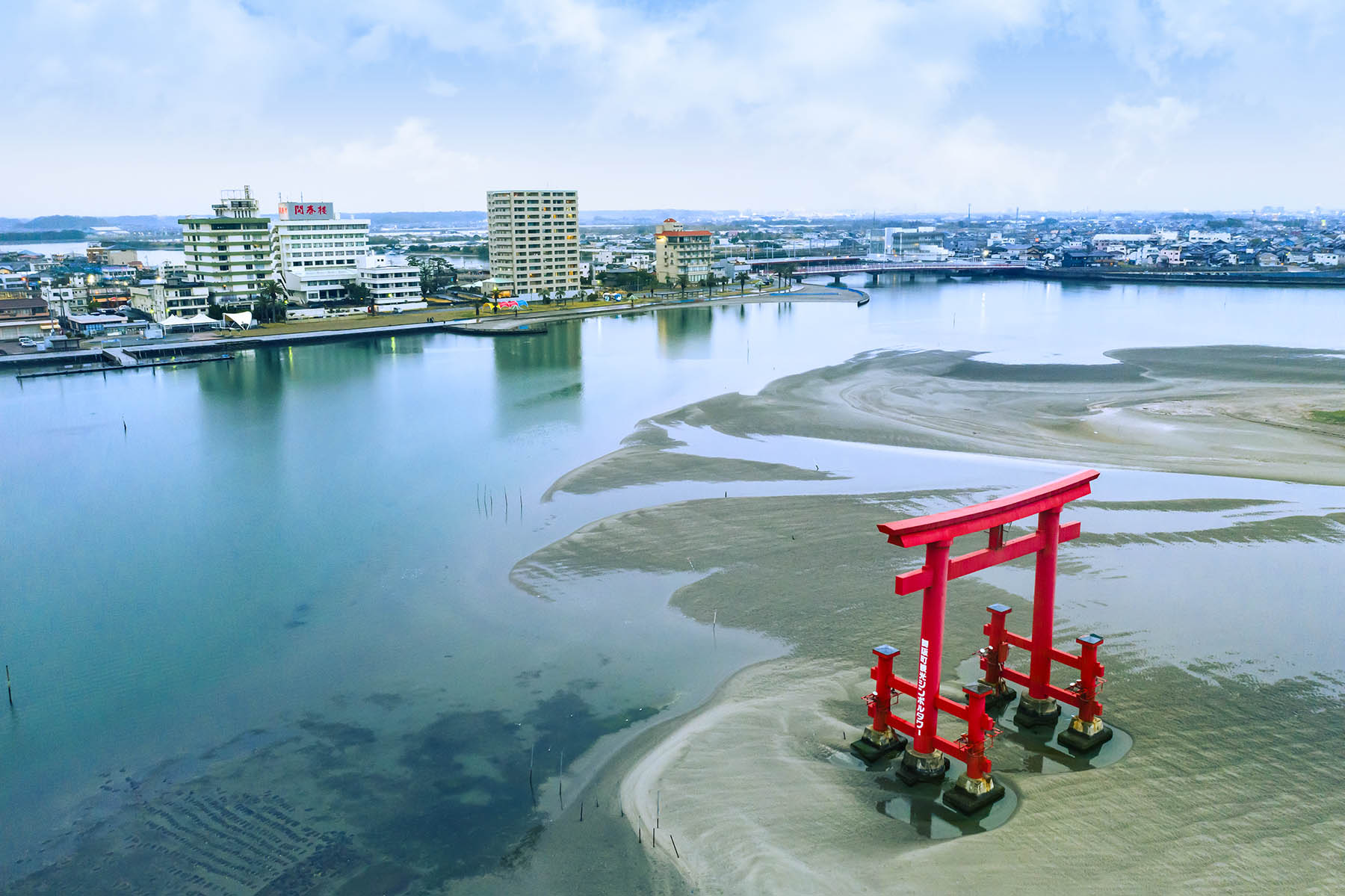
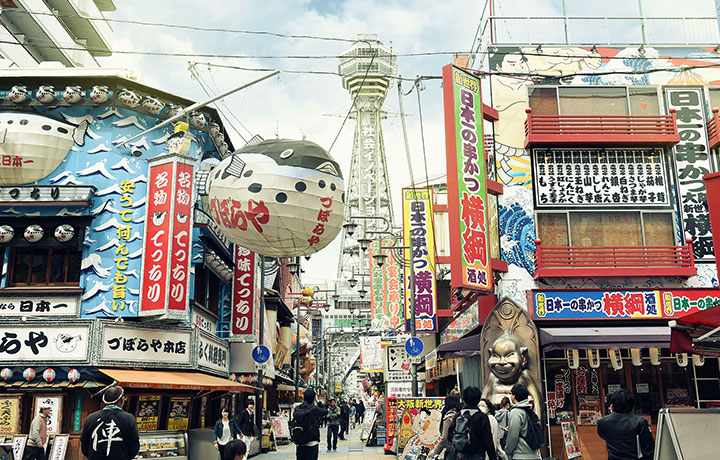

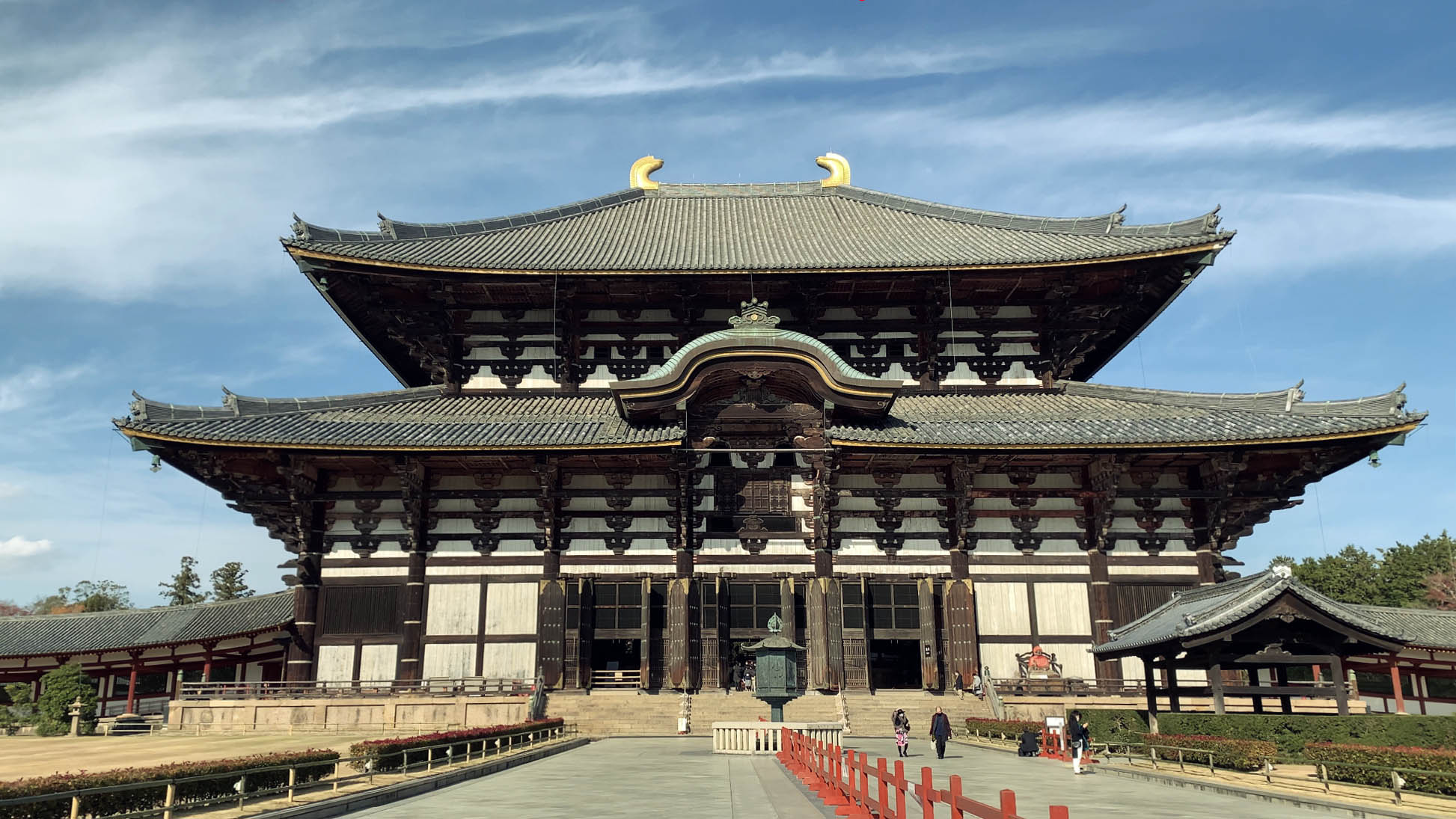


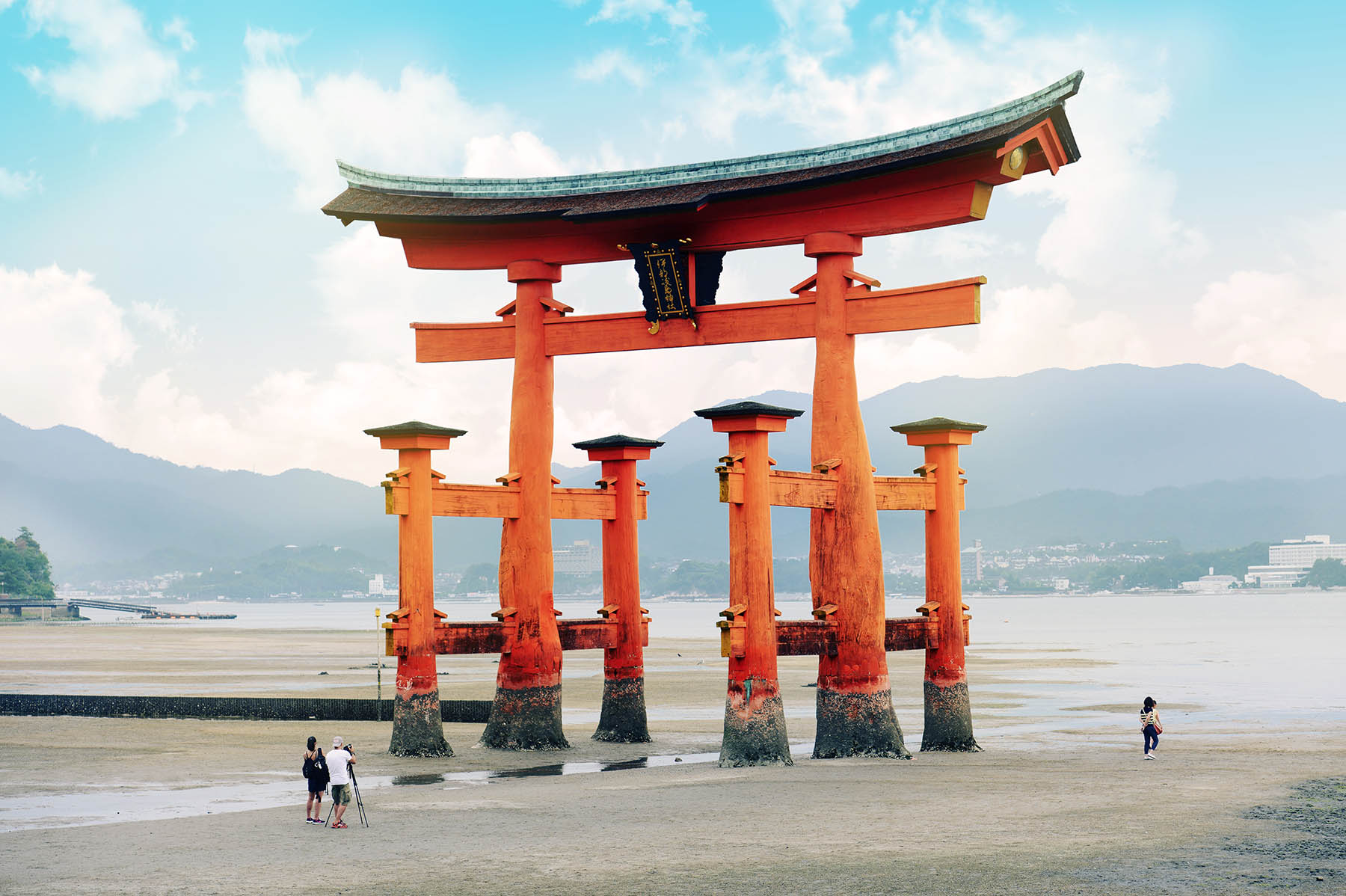

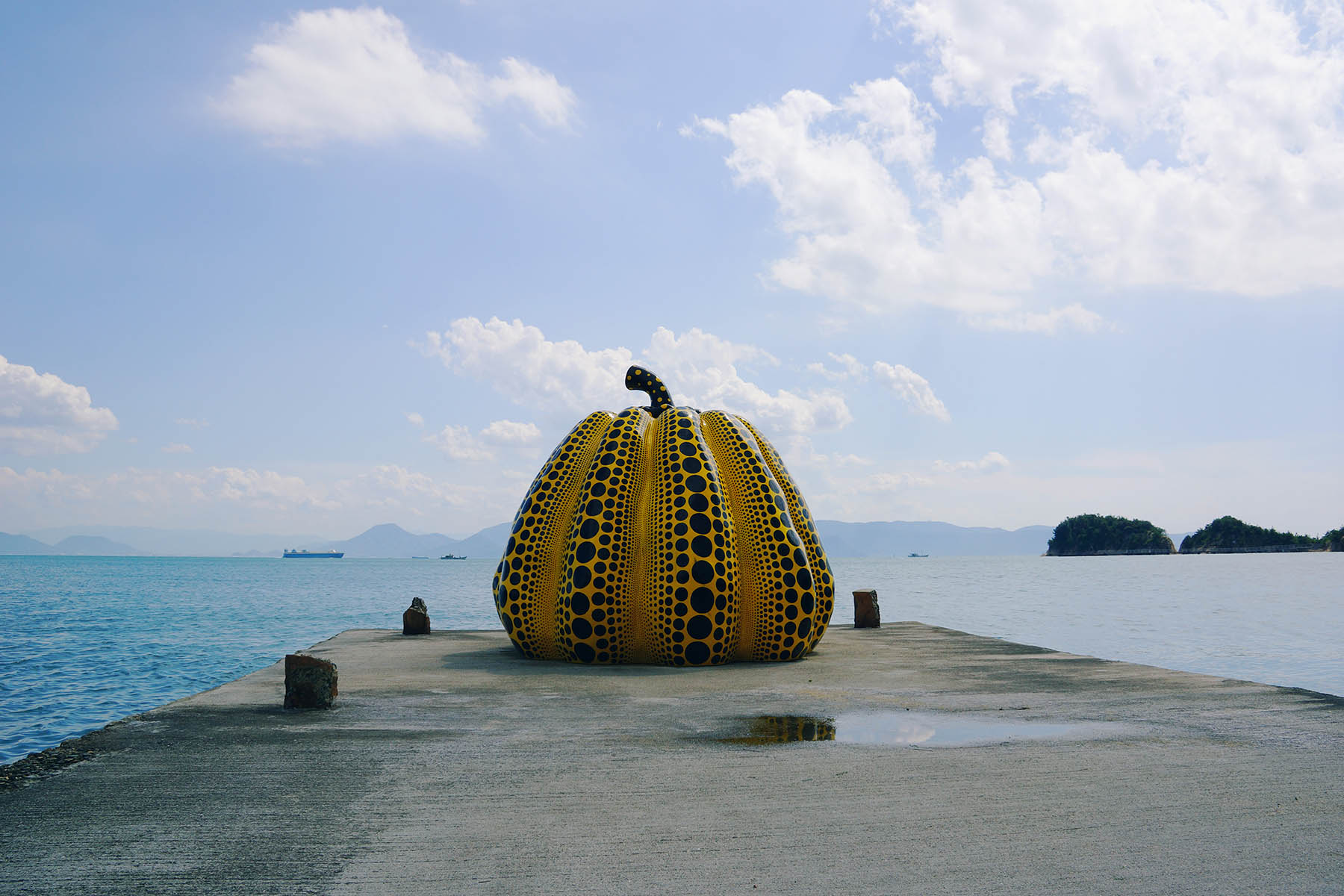

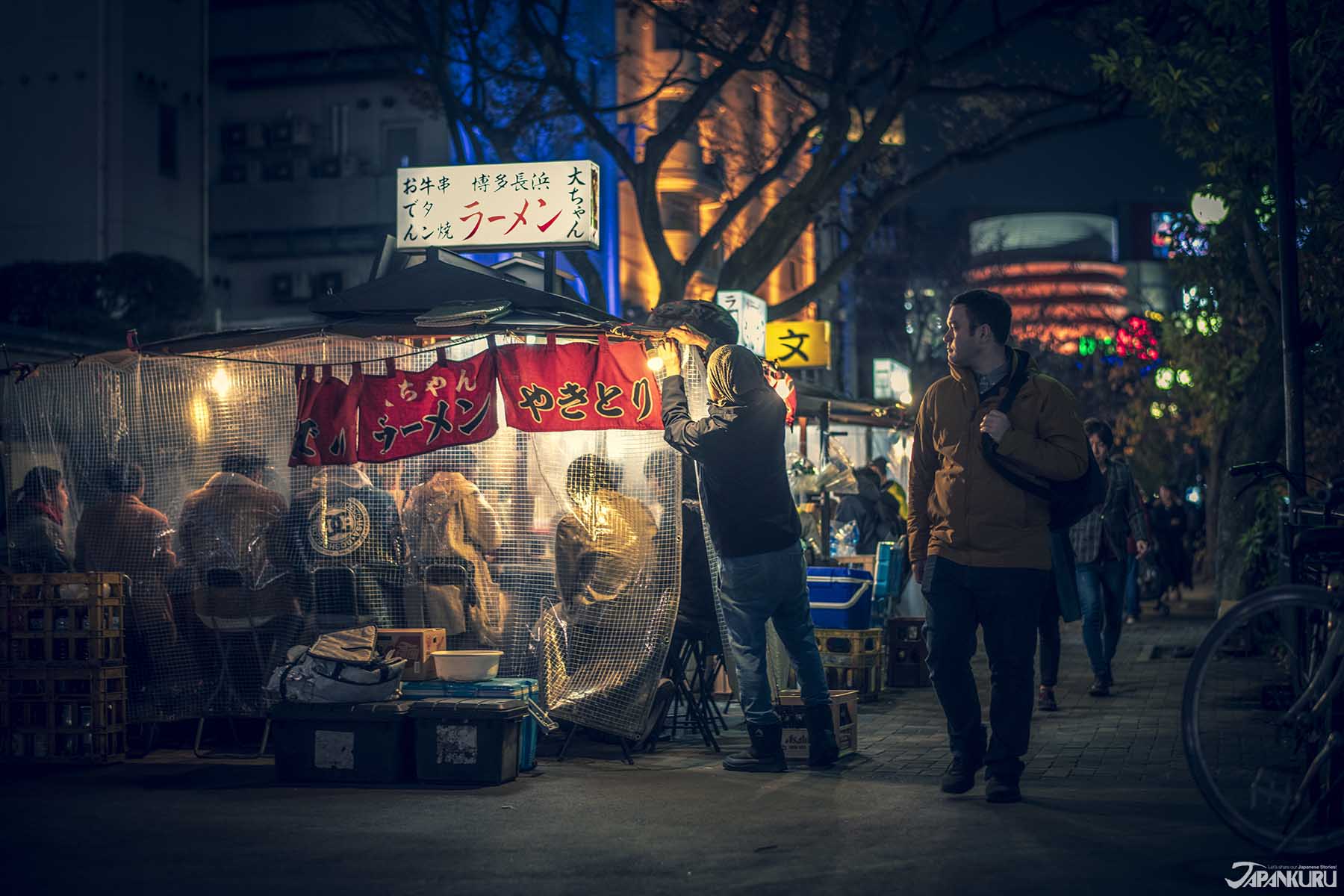
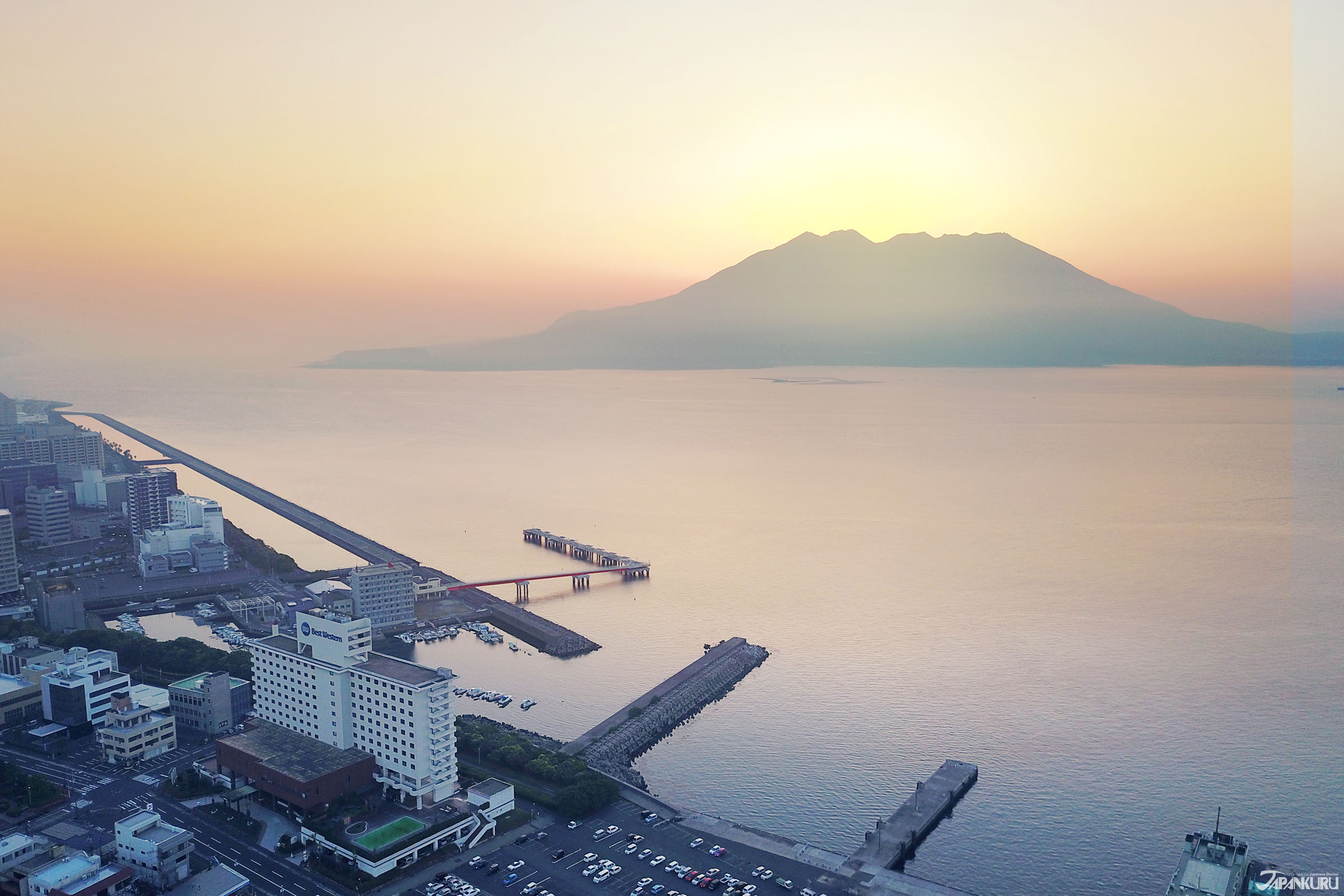
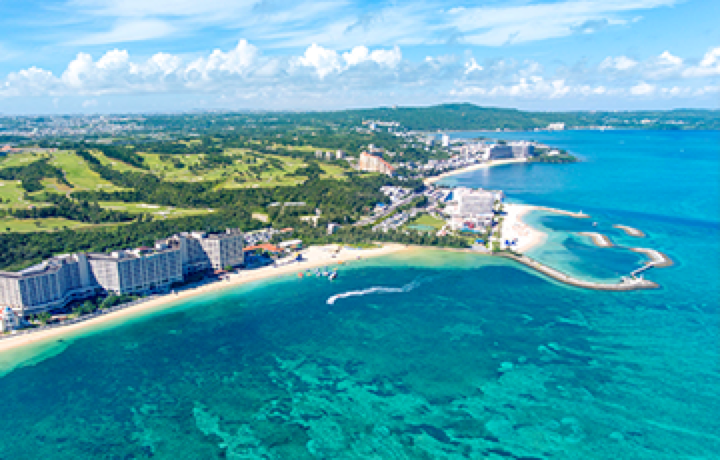



 Oita Hello Kitty Airport
Oita Hello Kitty Airport  Lands April 13th
Lands April 13th



